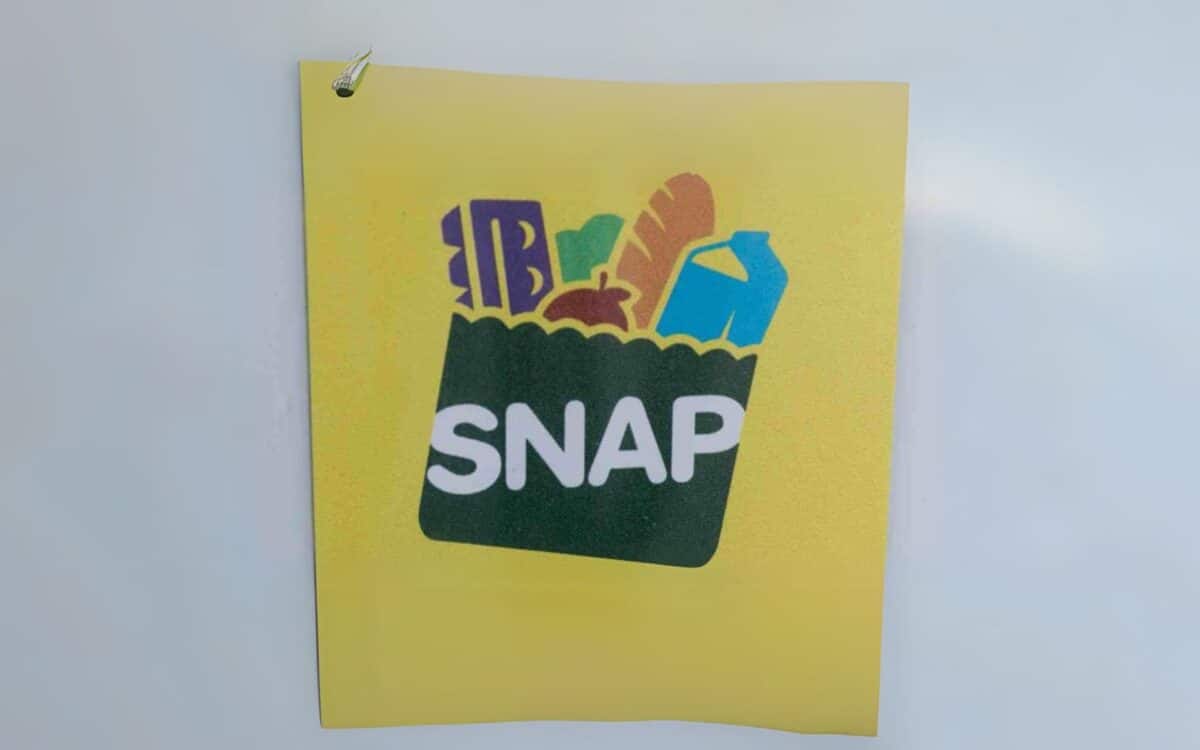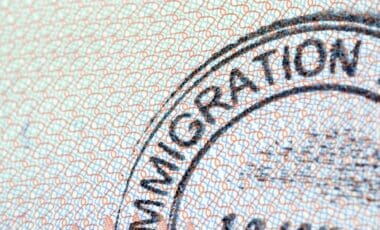SNAP (Supplemental Nutrition Assistance Program) payments for May 2025 will be distributed to eligible recipients across the United States on different dates throughout the month.
The timing of these payments varies widely, as the program, although federally funded, is administered by individual states. This decentralized distribution means that each state has its own criteria for determining payment dates, which can depend on factors such as case numbers or the recipient’s last name.
According to Newsweek, states like California and Connecticut have unique systems in place, further emphasizing the diversity in how these benefits are allocated. This variation can sometimes cause confusion among beneficiaries, who must stay informed about their specific state’s payment schedule.
When Will SNAP Be Paid in May?
In states such as California, payments are often linked to the recipient’s case number. For example, individuals with case numbers ending in 01 may receive their benefits earlier in the month than those with numbers ending in 99.
Similarly, in states like Connecticut and Delaware, the distribution is based on the first letter of the recipient’s last name. For states with smaller populations like Alaska and South Dakota, all payments are typically processed on a specific day each month.
SNAP Payment Schedule for May 2025
Here is a detailed schedule for when SNAP benefits are expected to be paid across different states and territories :
- Alabama: May 4 to 23
- Alaska: May 1
- Arizona: May 1 to 13
- Arkansas: May 4 to 13
- California: May 1 to 10
- Colorado: May 1 to 10
- Connecticut: May 1 to 3
- Delaware: May 2 to 23
- District of Columbia: May 1 to 10
- Florida: May 1 to 28
- Georgia: May 5 to 23
- Guam: May 1 to 10
- Hawaii: May 3 to 5
- Idaho: May 1 to 10
- Illinois: May 1 to 20
- Indiana: May 5 to 23
- Iowa: May 1 to 10
- Kansas: May 1 to 10
- Kentucky: May 1 to 19
- Louisiana: May 1 to 23
- Maine: May 10 to 14
- Maryland: May 4 to 23
- Massachusetts: May 1 to 14
- Michigan: May 3 to 21
- Minnesota: May 4 to 13
- Mississippi: May 4 to 21
- Missouri: May 1 to 22
- Montana: May 2 to 6
- Nebraska: May 1 to 5
- Nevada: May 1 to 10
- New Hampshire: May 5
- New Jersey: May 1 to 5
- New Mexico: May 1 to 20
- New York: May 1 to 9
- North Carolina: May 3 to 21
- North Dakota: May 1
- Ohio: May 2 to 20
- Oklahoma: May 1 to 10
- Oregon: May 1 to 9
- Pennsylvania: May 3 to 14
- Puerto Rico: May 4 to May 22
- Rhode Island: May 1
- South Carolina: May 1 to 19
- South Dakota: May 10
- Tennessee: May 1 to 20
- Texas: May 1 to 28
- Utah: May 5, 11, and 15
- Virgin Islands: May 1
- Vermont: May 1
- Virginia: May 1 to 7
- Washington: May 1 to 20
- West Virginia: May 1 to 9
- Wisconsin: May 1 to 15
- Wyoming: May 1 to 4
Potential Impact of the House Budget on SNAP
The U.S. House of Representatives has passed a budget that proposes to cut $230 billion from various programs under the jurisdiction of the House Committee on Agriculture by 2034.
While the budget does not specifically mention SNAP, experts predict that the program will likely face significant cuts as part of the broader reductions. These changes could have a lasting impact on the level of support available to low-income families who rely on SNAP benefits.
Possible Restrictions on SNAP Purchases
Several Republican-led states are also debating proposals to impose new restrictions on SNAP spending. A key proposal under discussion is to ban the purchase of soda and candy with SNAP benefits.
If passed, these restrictions would limit the types of goods that beneficiaries can purchase, narrowing their options for essential food items.
These potential changes could affect how low-income families access food assistance and whether certain products are available for purchase using their benefits.









